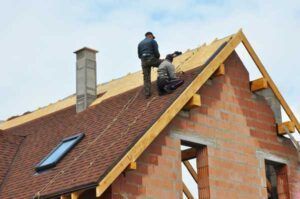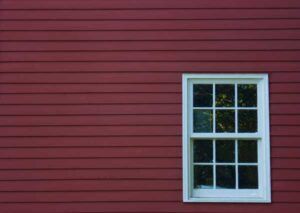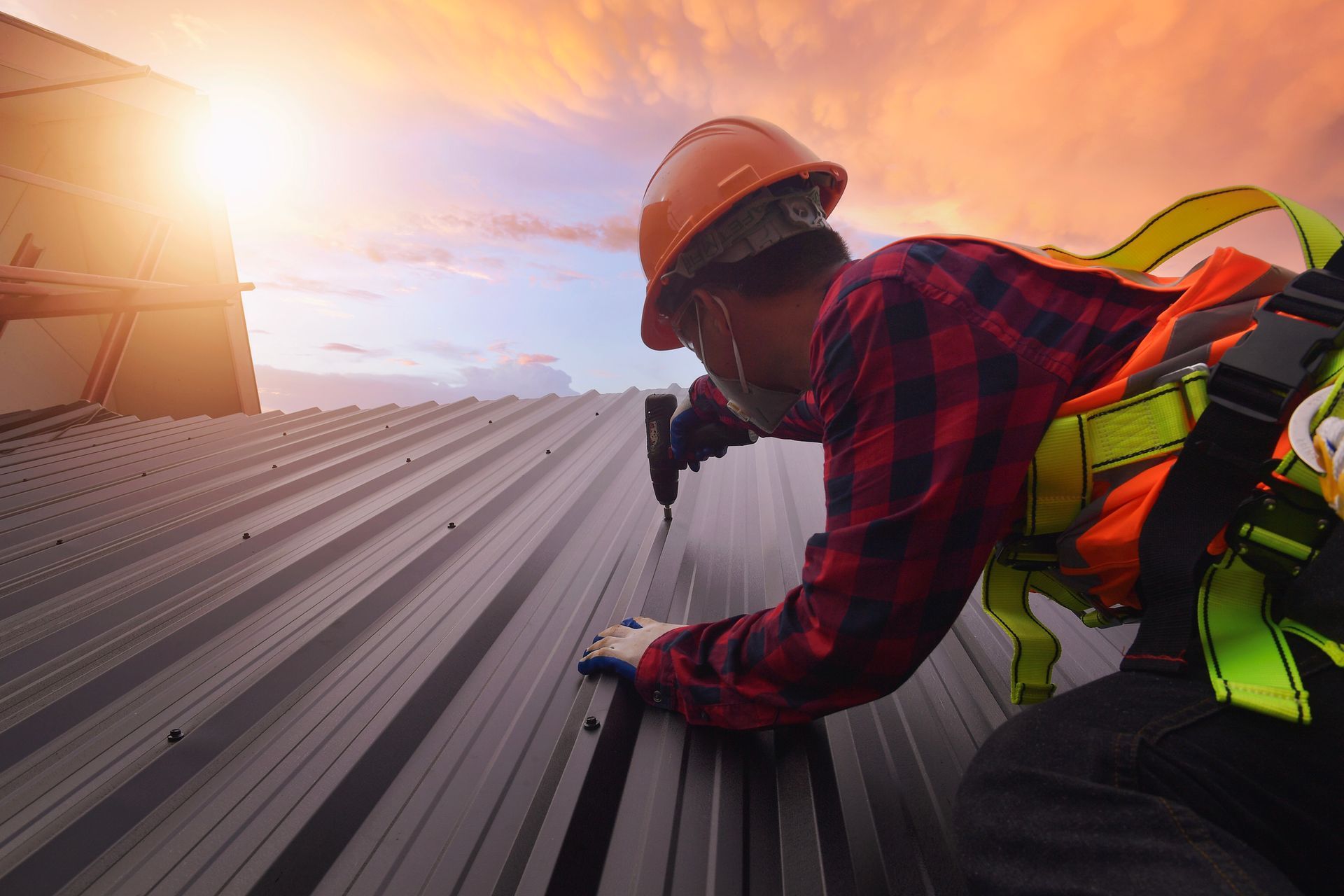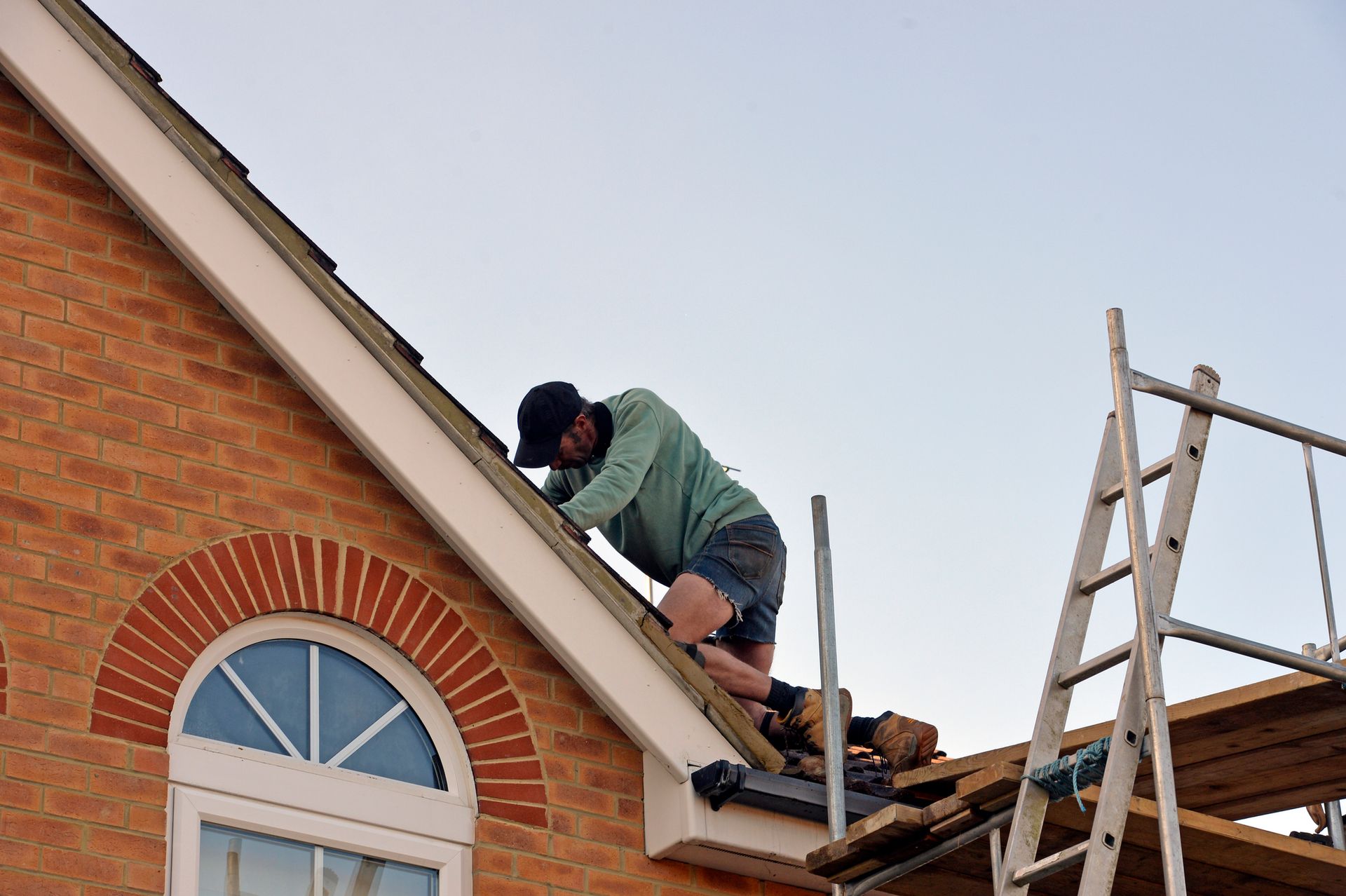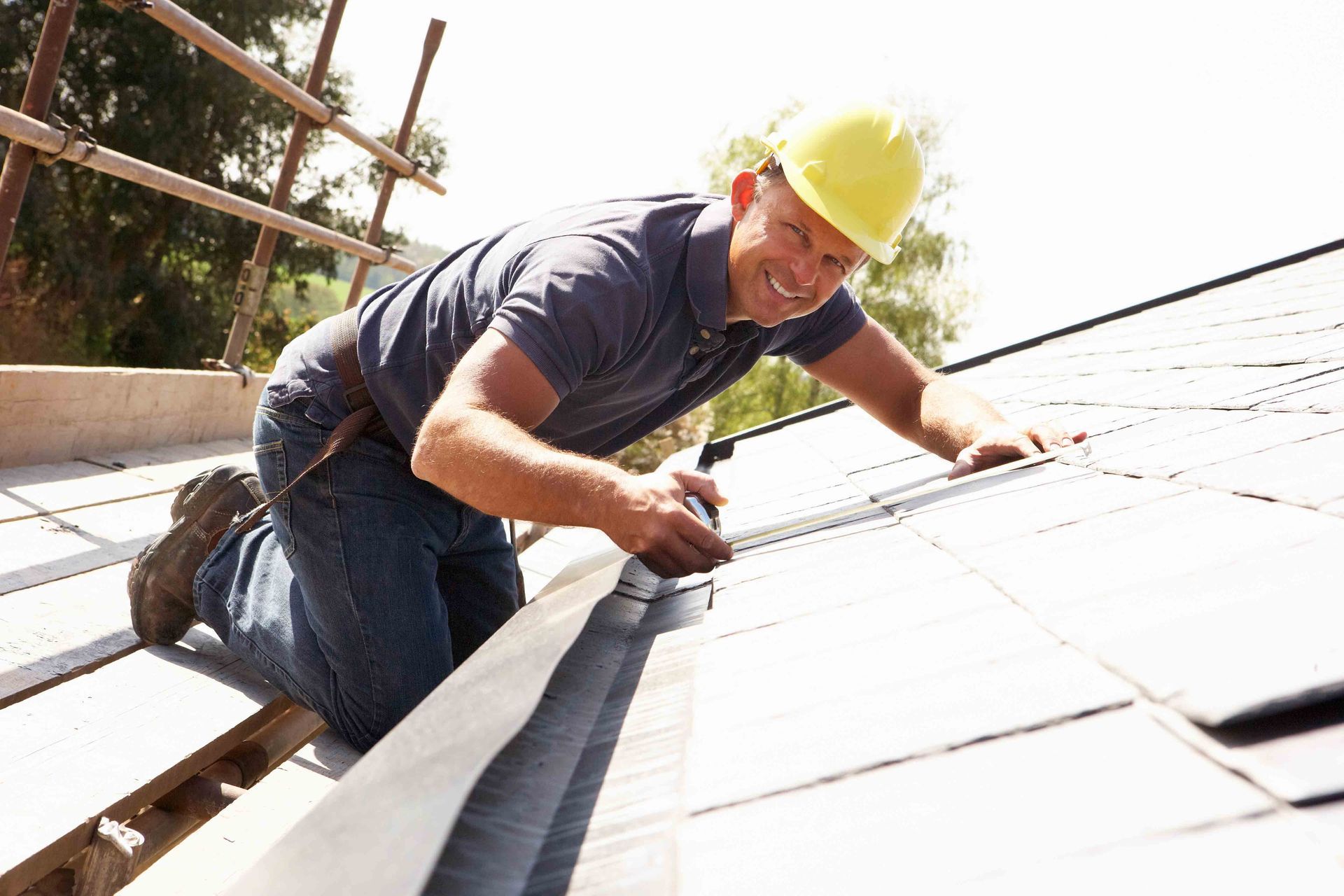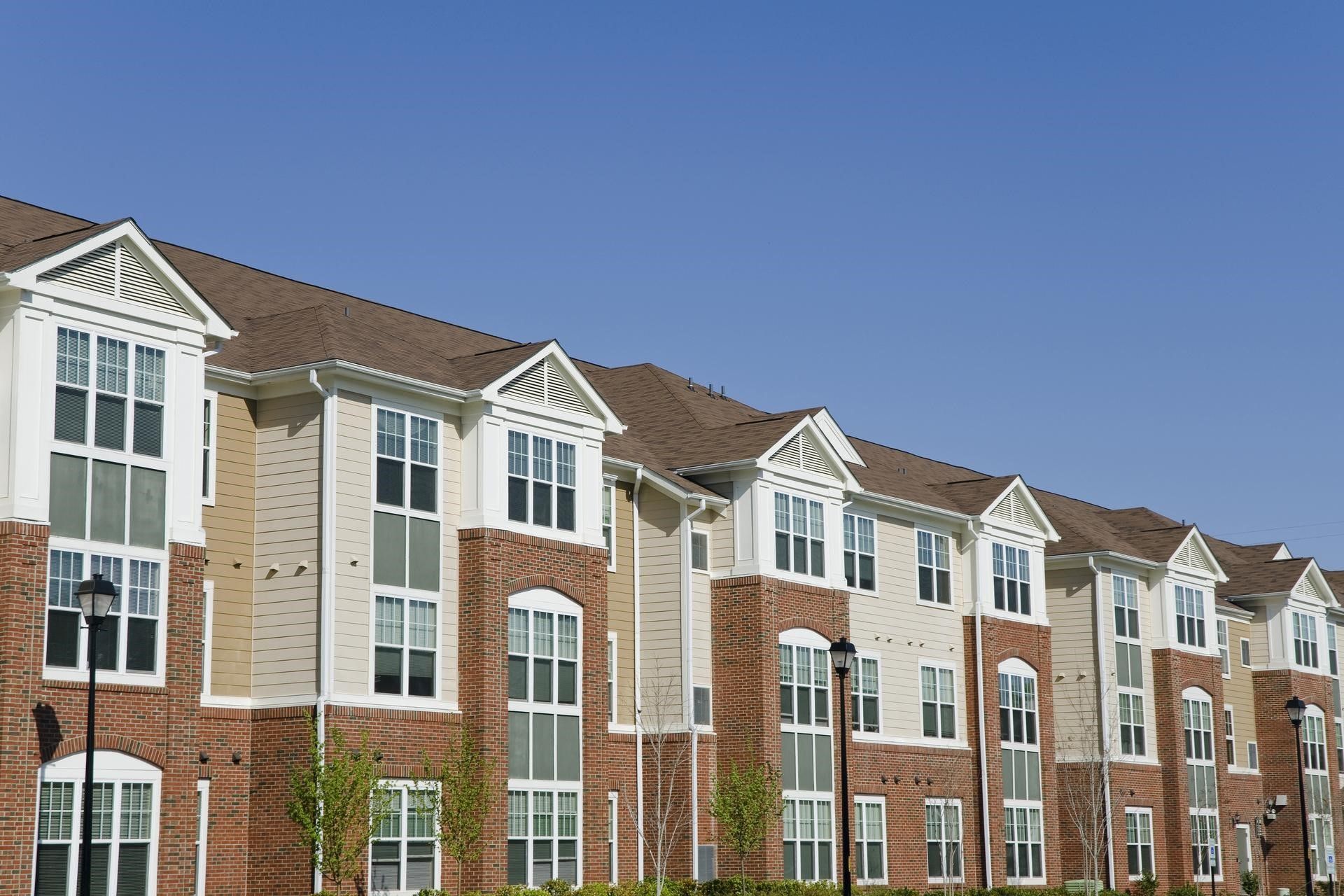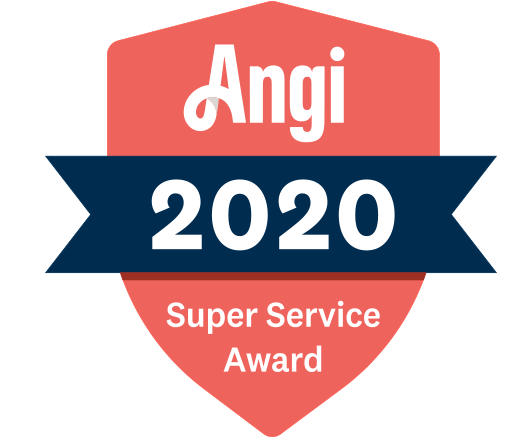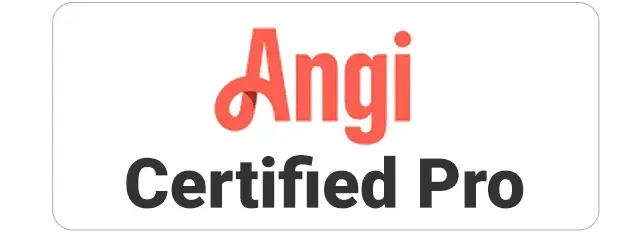4 Elements That Might Be Damaging Your Roof
 Many homeowners are unaware of the damage their roofs could be sustaining week in and week out.
Many homeowners are unaware of the damage their roofs could be sustaining week in and week out.
Many seemingly innocuous elements have the potential to contribute to the deterioration of your roof. The more you understand these elements, the better prepared you will be to protect your roof against permanent damage in the future.
- Moisture
Moisture is your roof’s worst enemy.
Moisture can take on many forms. Rain, snow, and ice are common types of moisture that homeowners think of when considering the health of their roof, but other types of moisture can be damaging as well. Humidity can also cause problems for residential roofing systems.
Any moisture that seeps into your roof can contribute to mold and mildew growth. Moisture also rots away the wood frame of your home, putting the structural stability of your residence in jeopardy.
You must ensure your rain gutters are functioning properly and that you invest in immediate repairs for minor leaks if you want to avoid serious moisture damage to your roof over time.
- Wind
Strong winds are another element that can wreak havoc on the integrity of your roof.
Wind can damage your roof in one of two ways. A strong gust of wind can dislodge one or more shingles and leave your roof’s underlayment exposed. Wind can also carry items like branches, leaves, and other debris onto the surface of your roof.
When the underlayment is exposed, your roof is more susceptible to developing leaks. Debris that is left on the surface of your roof can contribute to the formation of puddles and ice dams that can cause catastrophic roof damage.
Be sure to check your roof for any signs of damage after a strong wind passes through so that you can contact an experienced contractor for immediate repairs.
- Sunlight
Your roof is exposed to sunlight constantly. The only reprieve that your roofing materials may get from full-sun exposure is the shade provided by a nearby tree.
The UV rays in sunlight have the potential to damage your roofing materials over time. UV exposure can cause the microscopic bonds holding your shingles together to begin deteriorating. This leaves your shingles weak and vulnerable to damage.
The heat of the sun can also damage your roof. Heat causes shingles to expand. When the temperature cools at night, your shingles will contract. This constant expansion and contraction have the potential to contribute to long-term damage.
An experienced roofing contractor will be able to assess the condition of your roof and replace any shingles that have been damaged by sunlight.
- Overgrown Trees
The same trees that may provide your roof with a little bit of shade on a hot day can also pose a hazard to the integrity of your roofing material.
Overgrown can cause secondary damage by depositing leaves and twigs onto the surface of your roof. This type of organic debris can accumulate and trap moisture, causing the roofing materials below to sustain serious water damage.
Organic debris can also get flushed into your rain gutters and interfere with proper drainage.
An overgrown tree can also cause direct damage to your roof by puncturing through shingles with a sharp branch. These punctured areas create avenues where moisture can infiltrate your roofing system and cause serious damage.
Keep all trees near your home trimmed properly, and have your roofing contractor complete routine inspections to check for signs of tree-related damage.
You need to be aware of all the threats your roof faces if you want to provide proper maintenance and care.
Contact D.S. Bahr Construction, Inc. for help protecting your roof.
The post 4 Elements That Might Be Damaging Your Roof appeared first on D.S. Bahr Constraction, Inc.

